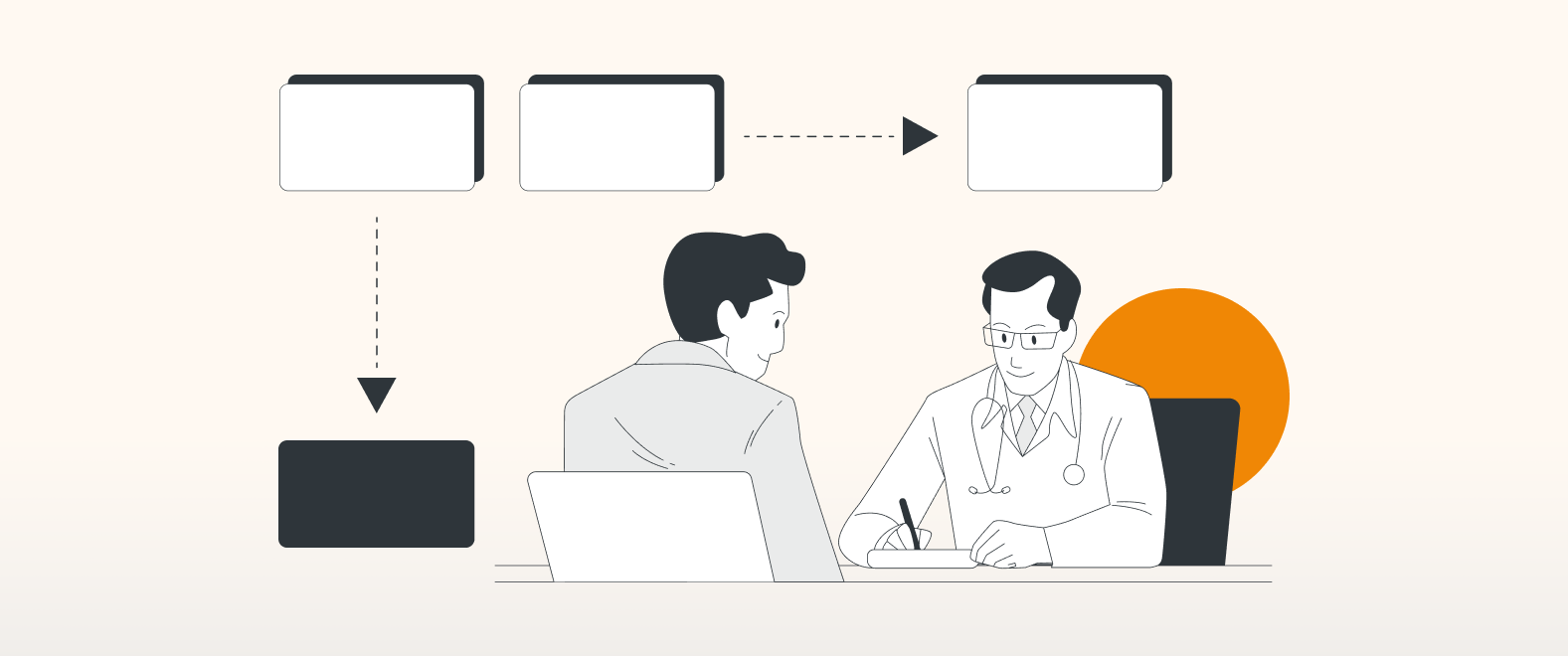Optimizing your patient workflows
If you’ve been working with the same patient workflows for a while, consider: when was the last time you reflected on them? Are they still meeting your teams’ needs, as well as those of your patients?
As a healthcare provider, it’s important to re-evaluate your patient workflows regularly, and to question why the current processes are the way they are. This allows you to pinpoint what is going well, and what can be improved.
In this blogpost, we’ll provide you with some key tips on how to optimize your patient workflows in draw.io. Plus, we will help you ask the right questions to re-evaluate your current processes. This in turn will reduce inefficiencies and thus save you time and money. It will also improve the patient experience, and ensure your processes are the best they can be.
1. Identify pain points and inefficiencies in your workflows
Creating your patient workflows in draw.io allows you and your teams to view entire processes at a glance, but also to zoom in on specific steps in your patient workflows that you want to discuss.
You can collaborate as a team on your current flowcharts to:
- identify pain points and inefficiencies in those flows, such as missing or redundant steps;
- quickly edit your flows accordingly.
In order to identify these pain points, it is a good team exercise to view your current processes through a number of key questions.
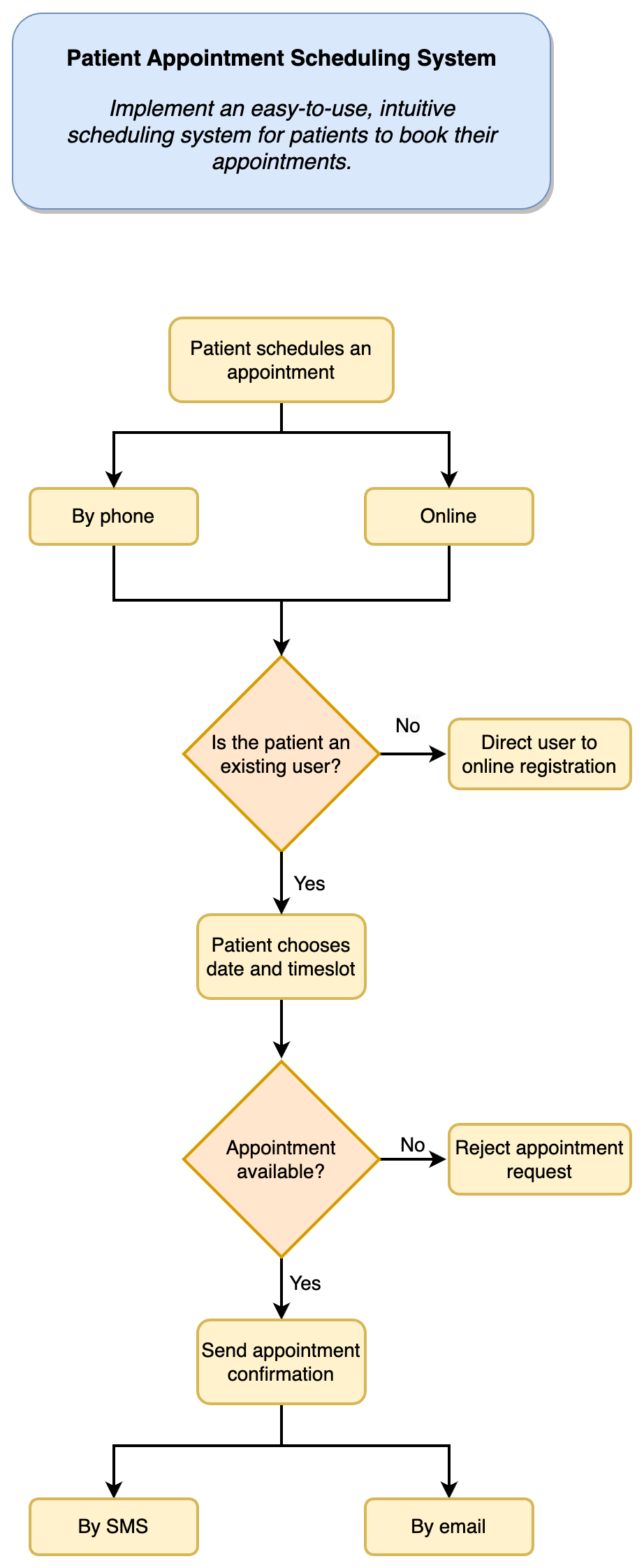
Overview of the entire patient appointment scheduling flowchart.
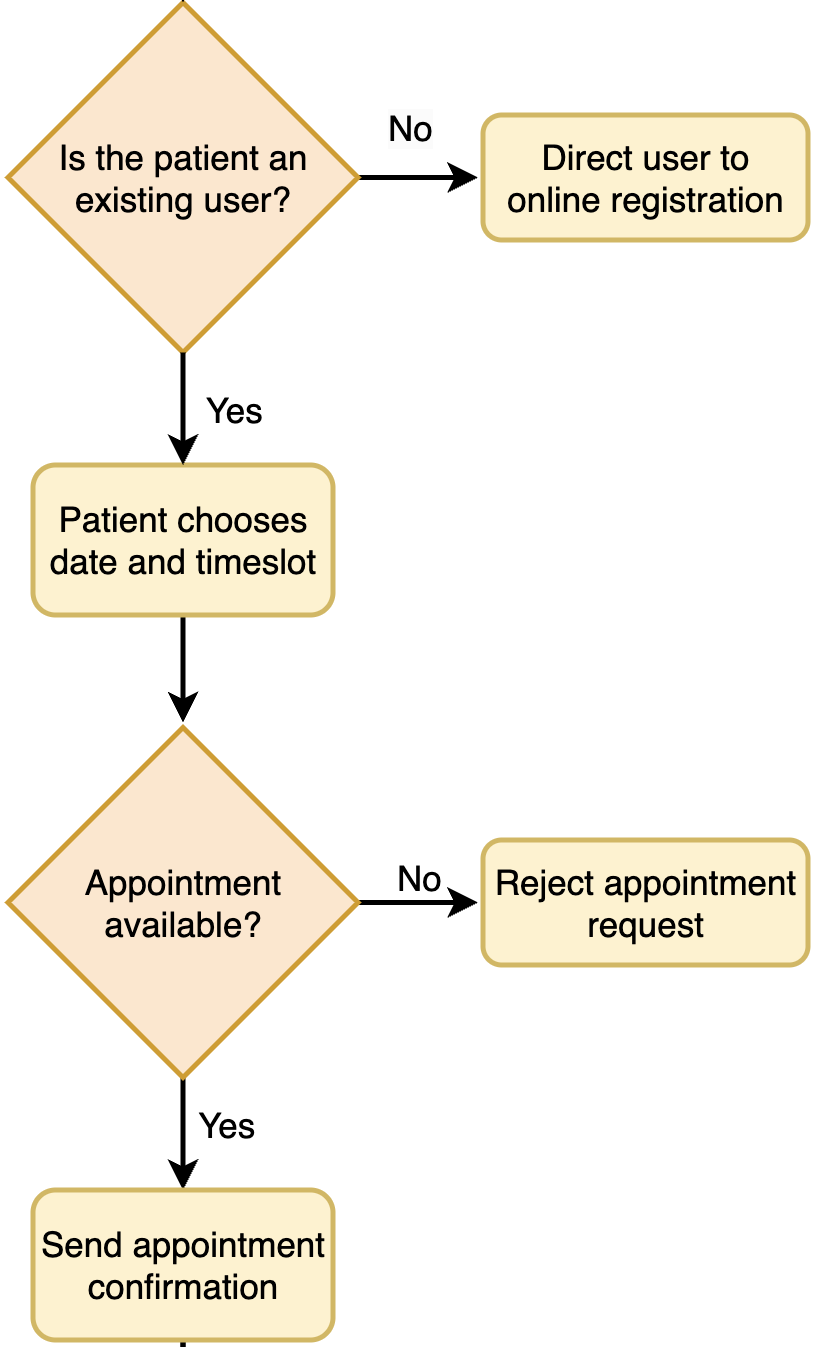
Zooming in on a particular section of the flowchart.
2. Ask the right questions
Asking the right questions to scrutinize your current processes is a great way to test if they are robust enough, and continue to meet the needs of your teams and your patients.
Questions to raise while discussing your workflows and processes include:
-
What is the desired goal of the patient workflow?
The goal is the crux of your workflow, and all steps within the process must be written with this goal in mind. The goal should be in line with the overarching mission of your healthcare organization.
For example, your goal could be, “implement an easy-to-use, intuitive scheduling system for patients to book their appointments.”
-
Who is responsible for this process?
Once you’ve identified your goal, it is important to determine who within your team owns a particular workflow. This person will be responsible for overseeing the process, and regularly re-evaluating to see if it still meets your requirements. If it doesn’t, it’s time for the process owner to organize a team meeting to discuss the process and ways to further optimize it.
Often, this meeting doesn’t require the whole team’s involvement, but primarily the stakeholders, i.e. anyone actively applying specific steps of the process.
In our example, the scheduling system is regularly used by reception staff and the shift manager.
-
Is the current patient workflow comprehensible to everyone involved?
It’s easy to assume that everyone is on board and understands a given process, particularly if you’re responsible for that process. However, it might be the case that colleagues are following workflows that they don’t fully understand.
Flowcharts by design are meant to be intuitive and break down complex information in an accessible way. So if it doesn’t make sense to all stakeholders, this needs to be addressed before the current process is optimized.
Before editing a workflow, an initial check-in goes a long way. Ensuring that everyone collaborating on the workflow understands the process as it stands, and has the opportunity to raise any questions they have, will save a lot of misunderstandings and frustrations later down the line.
-
Does each step in the current process contribute towards this goal?
Once everyone is on board and understands the process, it’s time to evaluate the steps of the process themselves. Deciding on which steps to keep and which to drop can be a challenge in itself; it can therefore be helpful to apply lean principles at this stage.
If a specific step in the process is called into question, the first thing to address is: is it a necessary step? If it’s not, it’s probably time to discard it. If once you’ve updated the process, you find that the step you took out was in fact useful, this can always be added back in. Later on, we’ll see how draw.io’s revision history allows you to easily revert changes that have been made to a flowchart.
-
How regularly should a patient workflow be revisited?
The process owner normally decides this. Ultimately, it depends on the workflow and the steps involved. Some processes are unlikely to change regularly, whereas others might need frequently updating in light of new information.
3. Top draw.io features to use when building your patient workflows
The questions above will enable you to optimize your workflows through a critical lens.
The next step is to build out your workflows and give the right access levels to teammates, so you can jointly work on and edit these together. Below are some features that will give you the flexibility and security you need to truly collaborate on and optimize your patient workflows:
Editable diagrams
Using draw.io in Confluence allows you to create and embed flowcharts, diagrams, and other visualizations your teams require, that can be edited again and again as required.
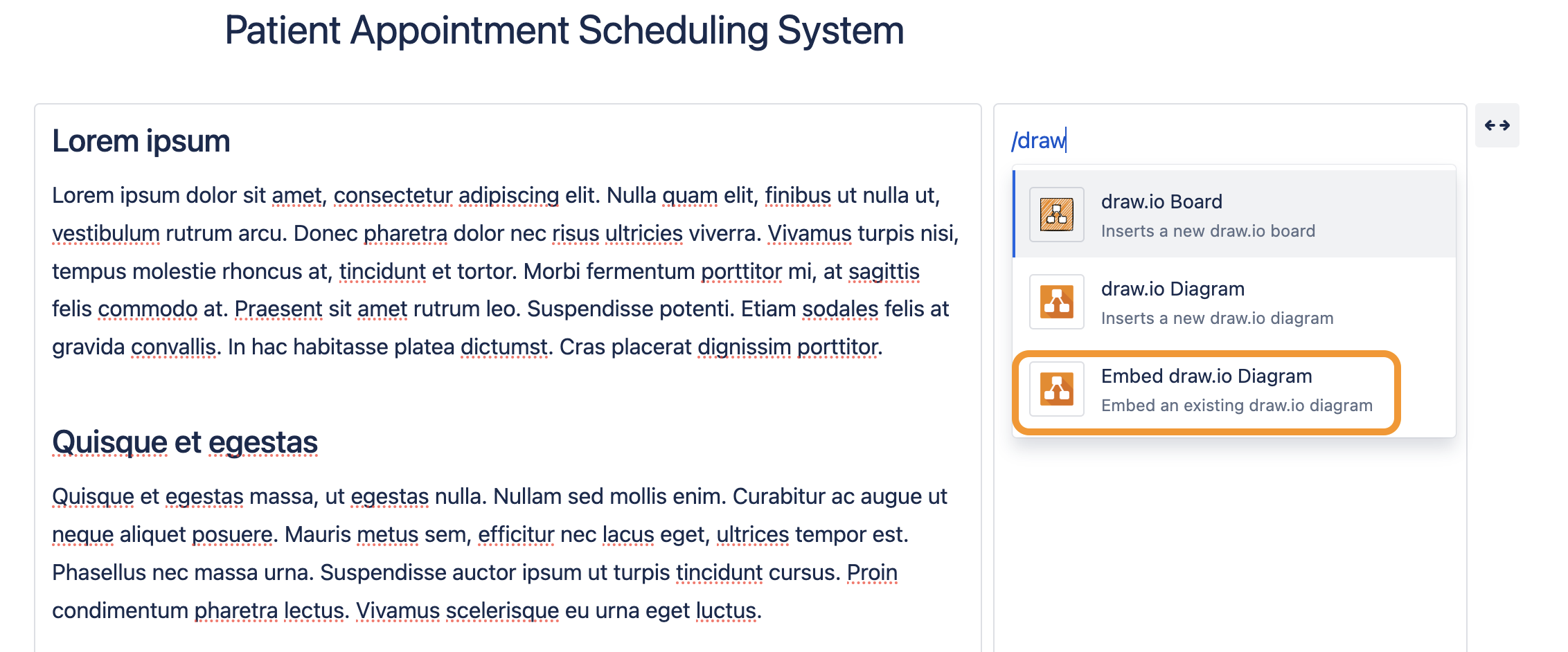
Embed an existing draw.io diagram in a Confluence page.
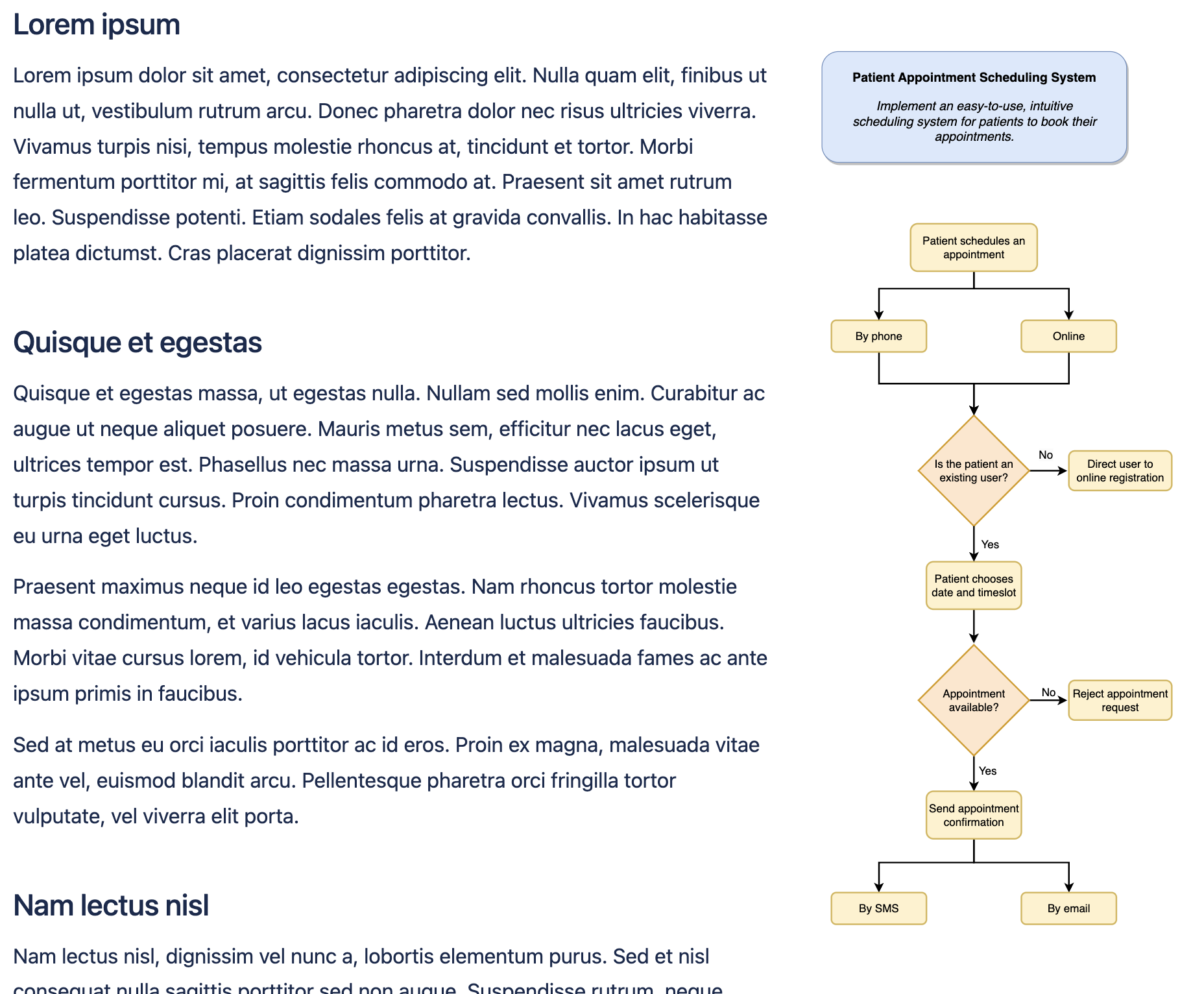
The final, embedded diagram.
Revision history
See who edited what and when. If any changes were made to a process that weren’t agreed on within the meeting, you can revert the diagram back to a previous version.

Secure diagramming
Your draw.io diagrams are securely stored within Confluence, and are shared only with the internal collaborators and external guests that you choose.
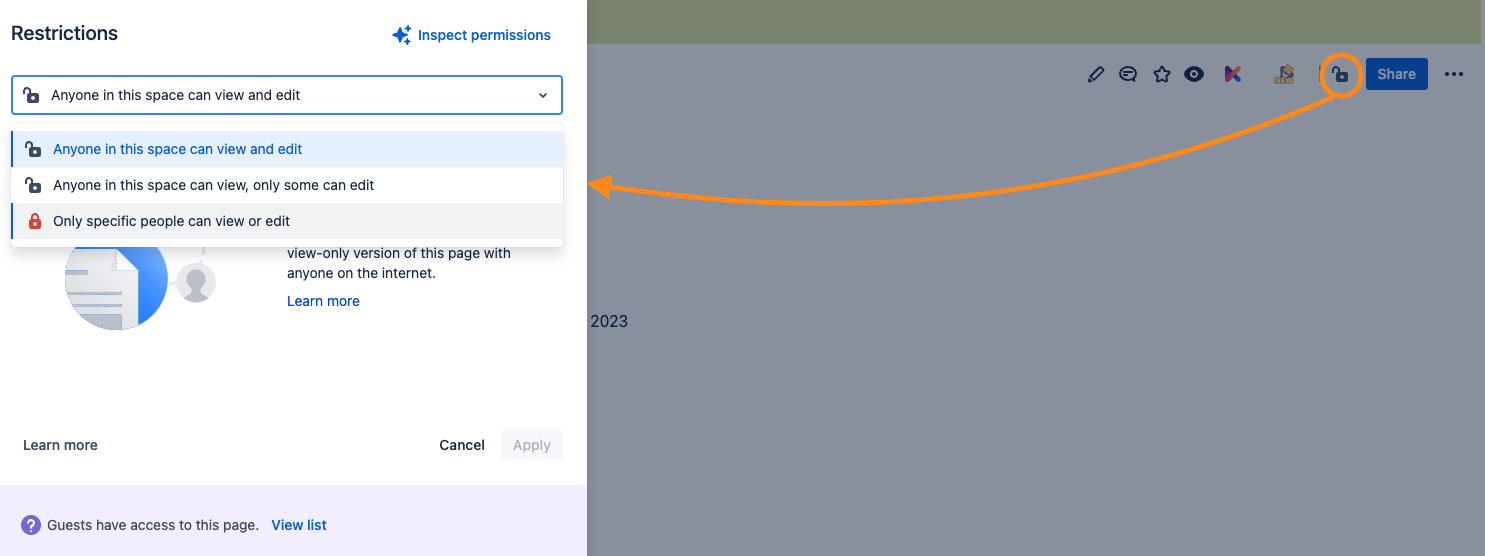
Real-time or asynchronous collaboration
The teammates you share your diagrams with can collaborate on them quickly and easily. This might be in real time as a group, when brainstorming ideas to go into steps in a workflow for example, or asynchronously, e.g. when someone leaves a comment on a diagram for another collaborator to address when they are back online.

Real-time collaboration on a draw.io diagram.
Simply the best
Whether you’re optimizing existing patient flows or looking to implement new processes, we hope this blogpost will help guide your team discussions in a meaningful way.
By identifying pain points and asking the right questions, the result will be robust, working flowcharts and visualizations that have been informed by input from multiple colleagues. All of this serves to develop processes that are up-to-date, continue to meet the goals set, and ensure that they are the best they can be.
Want to dive deeper into the world of draw.io? Access our linktr.ee page to follow us on social media and learn how others use draw.io, as well as pick up some helpful tips and tricks.
Not using draw.io yet? Convince yourself and start your free 30-day trial today. Or book a free no-obligation demo with our customer success team to learn more about how draw.io can make life easier and more productive for you and everyone in (and outside of) your company!
Happy diagramming!
You are currently viewing a placeholder content from Youtube. To access the actual content, click the button below. Please note that doing so will share data with third-party providers.
More InformationLast Updated on November 20, 2023 by Admin

